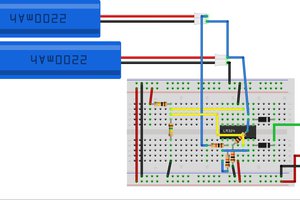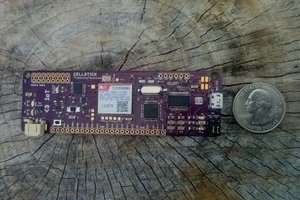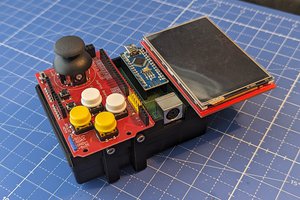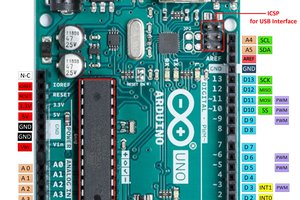This is a project for the Adafruit Feather series of boards. This dual purpose FeatherWing Arduino R3 adapter allows you to plug in your feather board and have the I/Os broken out to the Arduino R3 layout for use with other shields that are not available as Feather Wing shields. You can also run it backwards too. Meaning you could use a FeatherWing shield like a R3 shield for a different MCU! The shield supports the standard Feather pin-out so it should be compatible with all Feathers. It interconnects the I2C and SPI bus along with the analog and digital pins. It also features two switches for additional configuration (mainly for the Huzzah ESP8266 Feather) and also incorporates a voltage divider for monitoring the battery. The first switch ties, the Huzzah ESP8266 Feather, GPIO16 (wake pin) to RESET pin for use with deep sleep. The second ties the raw battery voltage to A0 via a voltage divider with a max output of 1.0v so the battery can be read if one wishes. Both can be switched off to free A0/GPIO16 for normal IO use. As of right now only supports 3.3v logic. Another version to come soon to support level switching.
Benefits
- Make use of other shields/boards
- Controllable battery voltage monitoring
- Controllable reset to wake from deep sleep
- Battery connection on shield, 3.7-4.2v batteries
- Reset switch resets both board and shields
- Shield power LED
- AREF supported
Notes
- Supports 3.3v shield powering via battery, 5v powering via usb on feather
- Supports 5v & 3.3v MCU powering
- Supports 3.3v logic currently
- Digital pins 11, 12 & 13 not usable with SPI connection on ESP8266 Feather
Future Features...
- Logic Level shifting ( supporting both 3.3v and 5v logic )
- Disable/enable 3.3v LDO
- Controllable power routing
 Mitch
Mitch




 Dave
Dave

 Dixbit
Dixbit
 Shahbaz
Shahbaz
If one uses short headers to put the Feather on top of this Shield, can one stack another Shield on top?